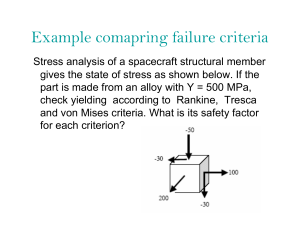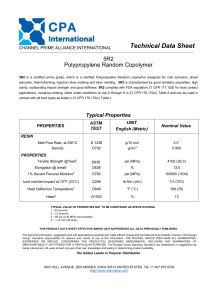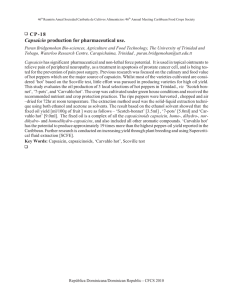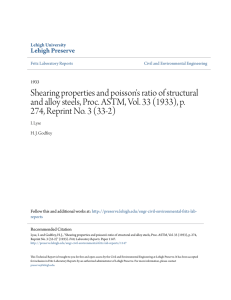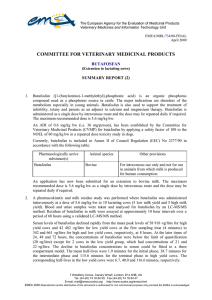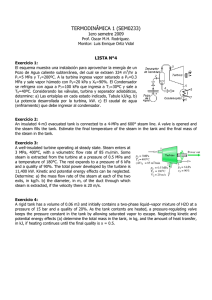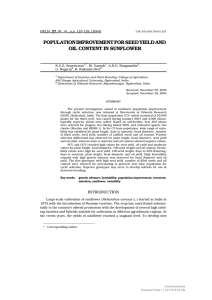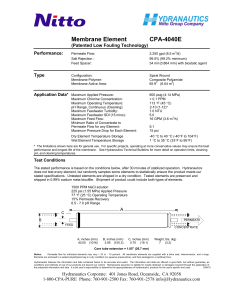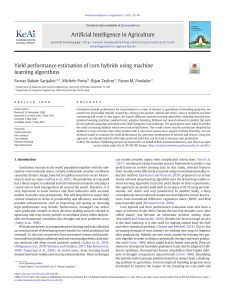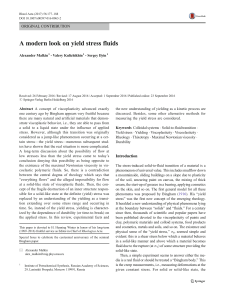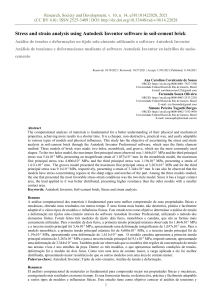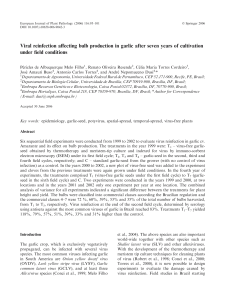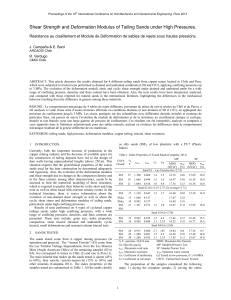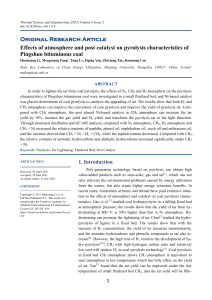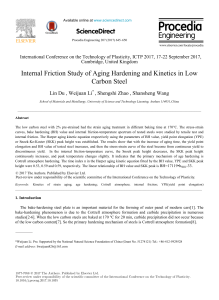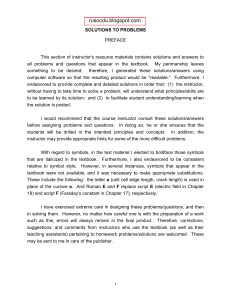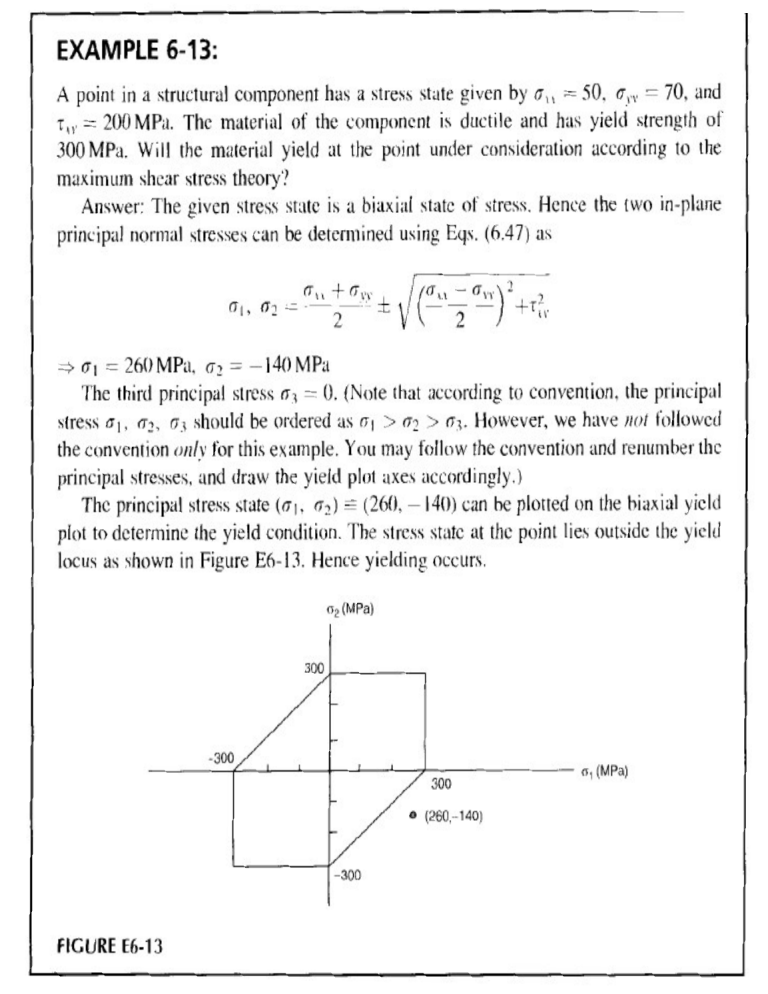
EXAMPLE 6-13: — 50, <ryv = 70, and A point in a structural component has a stress state given by Tn, = 200 MPa. The materia] of the component is ductile and has yield strength of 300 MPa. Will the material yield at the point under consideration according to the maximum shear stress theory? Answer: The given stress state is a biaxial state of stress. Hence the two in-plane principal normal stresses can be determined using Eqs. (6.47) as a,, => iT| = 260 MPa, <72 (j3 --p?±1/p-ÿ)3+T?„ = —1 40 MPa The third principal stress u., - 0. (Note that according to convention, the principal stress ff]t <T:, should be ordered as (r, > (T2 > (i*. However, we have not followed the convention only for this example. You may follow the convention and renumber the principal stresses, and draw the yield plot axes accordingly.) The principal stress state (<T|t = (260, — 140) can be plotted on the biaxial yield plot to determine the yield condition. The stress state at the point lies outside the yield locus as shown in Figure Eb-13. Hence yielding occurs. CM Pa) 300 -300 300 * (260,-140) -300 FIGURE Efr-13 n, (MPa) EXAMPLE 6-14; Determine the yield condition at the point mentioned in Example 6- 1 3, using the maximum normal stress theory. Answer: The maximum normal stress theory states that yielding occurs only when any principal normal stress equals or exceeds the yield strength in a simple tension test, Hence this theory predicts that no yielding occurs. This result is also shown graphically in Figure E6-I4, where the stress state lies within the yield locus. This example further demonstrates that the maximum normal stress theory can give erroneous results for ductile materials. <T2 (MPa) 300 300 300 (260,-140) -300 FIGURE Efr-14 <r, (MPa)
